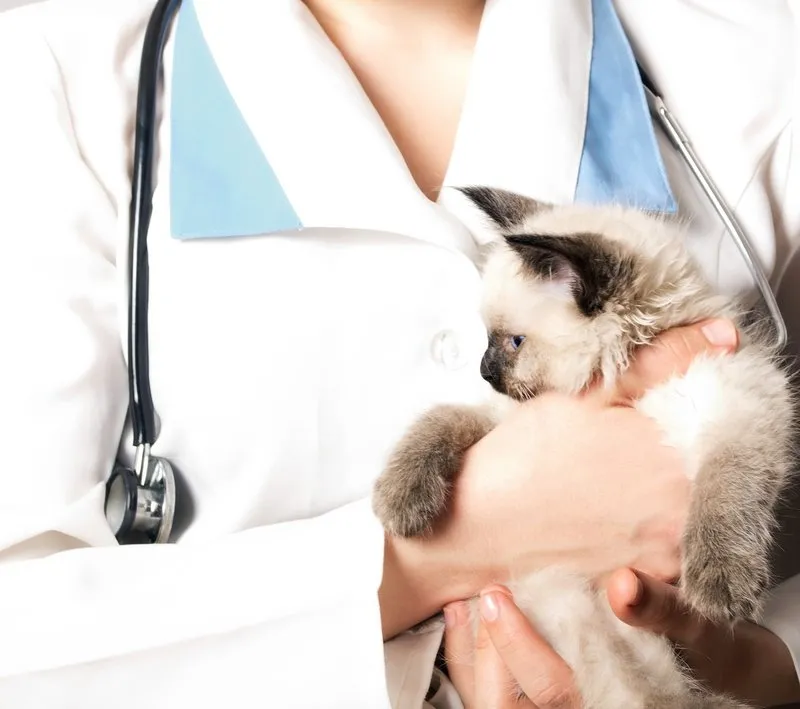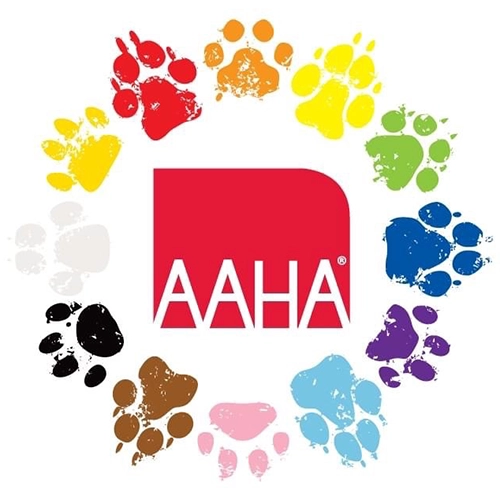National Pet Cancer Awareness Month is November and you guessed it -much like humans, pets can get cancer too. In fact, cancer is the leading cause of death in older dogs and cats, so it’s important that we have the best resources available for the treatment and prevention of this disease.
In this post, a local vet talks about National Pet Cancer Awareness Month and things you can do to lower your pet’s risk of getting cancer.
National Pet Cancer Awareness Month – Fast Facts
You probably already know that cancer is the second leading cause of death in humans. But did you know it’s also one of the biggest threats to animal welfare? In fact, pet cancer is a serious health concern for pet parents and their furry companions. Pet cancer is the leading cause of death in older dogs and cats—but it can strike younger animals as well.
The American Veterinary Medical Association estimates that about 50 percent of all dogs over 10 years old will contract cancer at some point during their lifetimes. That number increases to 60 percent for cats.
Here are some fast facts about pet cancer to consider:
- Male pets are at higher risk for certain cancers than female pets (e.g., osteosarcoma, testicular tumors).
- Female pets have higher rates of mammary and uterine cancers than males.
- 1 in 4 dogs and 1 in 5 cats will develop cancer during their lifetime.
- Cancer is the leading cause of death in older cats and dogs—but it can strike younger animals as well.
- Oral tumors such as squamous cell carcinoma are on the rise in cats—and often appear more aggressive than similar tumors in dogs.
- Some dog breeds are more prone to certain cancers than others (e.g., lymphoma in golden retrievers or boxers).
Help Protect Your Beloved Animal Companions
There are many things you can do to reduce the risk of cancer in your pet:
- Feed them a diet free from preservatives, additives, and artificial colors/flavors. If you feed your dog or cat commercial food instead of home-prepared meals, read labels carefully!
- Don’t smoke around animals! Secondhand smoke has been linked with many different types of cancer in humans as well as animals alike—including lung tumors in dogs and cats.”
- Spay or neuter your pet before they reach sexual maturity (usually around six months). This reduces their risk of developing testicular or ovarian tumors, which are common types of cancers in cats and dogs.
- Reduce your pet’s risk by avoiding exposure to lawn chemicals, secondhand smoke, insecticides, sunscreen, harmful cleaning products, and toxic food items (such as grapes and raisins).
If you have more questions or need to schedule your pet for a checkup, please don’t hesitate to call us, your local vet anytime!






!Social Media Icons